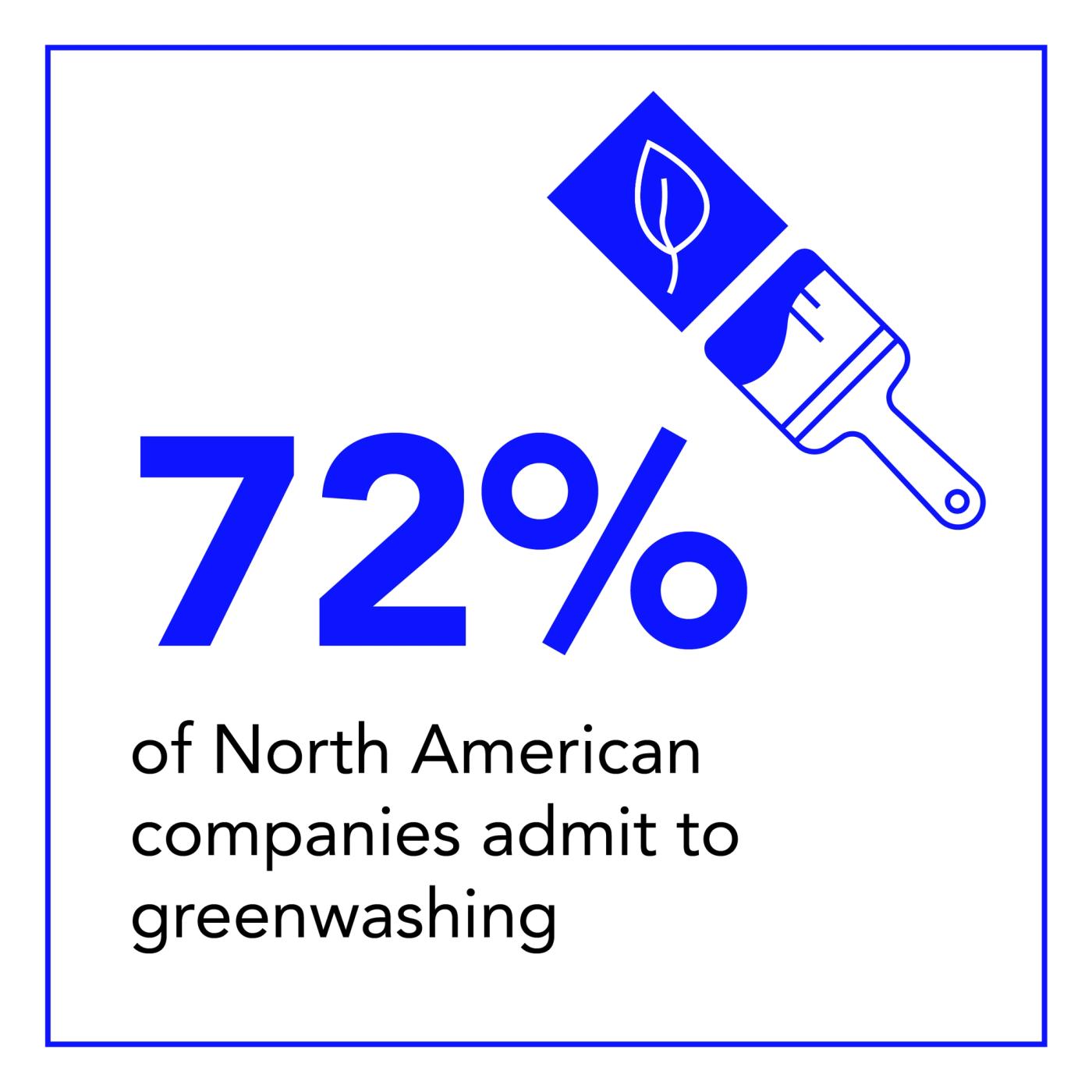For the past two decades, storytelling has been a core principle of brand building. It has humanized corporations, evoked emotion, and helped brands stand out in an increasingly crowded marketplace. The formula has seemed almost magical in its potency: craft a compelling brand narrative, evoke an emotional response, and build customer preference and loyalty.

Brands Overpromising, Underdelivering
Somewhere along the way, intent outpaced integrity. Brands discovered they could manufacture emotion more easily than deliver on promises. Consider the statistics: a whopping 72% of North American companies admit to greenwashing—disseminating misleading claims about their environmental practices (Source: Zippia research). Performative activism became commonplace, with brands championing various causes in their marketing while failing to implement meaningful change within their organizations.

The disconnect became glaringly obvious when customers experienced a reality different from the one carefully crafted by the brand. Consider the major airline that built its brand story around "customer-first" service, promising seamless travel and exceptional care. Their narrative portrayed smooth check-ins and satisfied passengers. Yet their customer satisfaction ratings consistently fell short, plagued by delays, poor communication, and unhelpful service. When a viral incident exposed the gap between story and reality—a passenger forcibly removed from an overbooked flight—the brand's adulating narrative crumbled in real-time.
AI Can Be Brands’ Friend or Foe
Many, if not most, consumers will eventually adopt AI for highly personalized recommendations in exchange for their private data. However, we’re in the very early stages of AI-assisted consumer decision-making about brands, and their products and services.
Prior to ChatGPT's release, only 29% of consumers were willing to share their personal data with brands. Post-ChatGPT, this number has slightly increased, but skepticism remains high, with nearly half of US consumers stating that brands rarely live up to their promises.

To further raise the stakes, people today care more about how brands behave than they did pre-GPT. Consumers now expect brands to act as responsible partners and corporate citizens.
Despite consumers’ reluctance to go all in on AI-assisted purchasing, the release of ChatGPT on November 30, 2022, marked a watershed moment, in many respects. It fundamentally altered the potential and real relationships between brands and consumers.
Customers now have blazingly powerful research tools to investigate corporate claims, compare promises to performance, and expose brand inconsistencies with minimal effort.
Overall, the numbers tell a sobering story of declining trust in brands and escalating expectations of them, and rising content skepticism.
The Truth Test
In such a fraught information environment—smarter, more scrutinizing, more skeptical, today's brand storytelling has become a strategic integrity test. It's no longer about what you say—it's about how your brand behaves, what it enables, and how consistently it fulfills its promises. The question every brand must answer is simple but challenging:
Can you prove what you promise?
This shift demands a fundamental evolution from storytelling to what we call "storydoing"—the practice of embodying your narrative rather than simply narrating it.
The Storydoing Framework
At Ziba, we foresaw this shift. In 2008, we published a book titled "Authenticity is Now: A working definition of the fluid state of being as it applies to buisness and design," exploring how brands could no longer rely solely on image and slogans. They needed to be based on genuine, lived values. What seemed forward-looking then is now business-critical.
AI and transparency have aligned with the customer’s desire for truth. The brands that succeed today were built on the principle of authenticity long before it became a buzzword.
Authenticity is no longer merely a brand positioning strategy—it has become a foundational element. In an era where AI can dissect and expose even the smallest inconsistencies, maintaining an authentic brand story is crucial for ensuring long-term success. If brands promise an experience or identity, they must deliver consistently across all customer interactions.
Ziba recommends that as we transition fully into the AI era, brands operate across four critical dimensions:

Operational Alignment
Your brand promise must be embedded in the DNA of your product, service, and customer experience. Every touchpoint must fulfill your narrative. Patagonia doesn't just talk about environmental responsibility—they’ve implemented an "Earth tax" (1% for the Planet) and offer paid time off for employee environmental volunteering.

Cultural Coherence
Your employees must embody brand values from the inside out. Authenticity starts within the organization. When your people genuinely believe in the brand, they convey it with integrity and conviction, creating authentic experiences that customers can feel. REI’s employees are outdoor enthusiasts who authentically embody the brand's values, with benefits that include "Yay Days" for outdoor recreation.

Customer Experience as Proof
Your brand's story isn't validated by clever marketing—it's proven through the experience you create. In today's world, customers are the ultimate storytellers. If the experience doesn't match the message, they will expose the gap, and AI will amplify their voices. Businesses using payment processing platform Stripe can activate climate contributions with one click, making sustainability an embedded feature rather than just a marketing manifesto.

Metrics for Tracking Authenticity
Executives know it’s hard to improve what you don’t measure. Consumer satisfaction surveys and other marketing KPIs should be tied to the alignment—or misalignment of brand promise and brand performance. Nike published comprehensive sustainability reports about its “Move to Zero” initiative, which restored its reputation while helping to grow revenue by 75% between 2010-2020.

Storydoing Converts Crisis Into Opportunity
While this new landscape presents challenges, it also offers unprecedented opportunities for authentic brands. Salesforce research shows that 60% of consumers say AI makes trust more critical than ever. For brands willing to align their operations with their narratives, this shift toward transparency creates a competitive advantage.
Generation Z represents a significant opportunity. Almost a third of Gen Z consumers would be comfortable having an AI agent shop for them—but only if they trust the brand behind that agent.

Your Brand's Future: Authenticity or Exposure
Recent Google research showed us that 67% of consumers believe that making the right decision requires more effort than it used to, and 56% have abandoned or delayed a purchase because there were too many options or too much information.
Advances in AI could give consumers new tools to cut through this complexity and instill purchase confidence, and brands new opportunities to engage in a new era of marketing—if brand authenticity and transparency, and commitment to customer experience, are fully embraced.
This isn't merely a challenge for marketing departments. It's a mandate for cross-functional brand building. CMOs must become Chief Truth Officers, aligning product, people, operations, and customer experience to ensure the story is lived, not just told.
The brands that will thrive in the AI era aren't those with the most creative narratives—they're the ones whose stories are so deeply embedded in their reality that investigation only strengthens their credibility.
Can your brand pass the truth test?
We’d love to help you prepare your brand for the AI era and discuss how to operationalize the Storydoing framework. Contact us to start the conversation.



